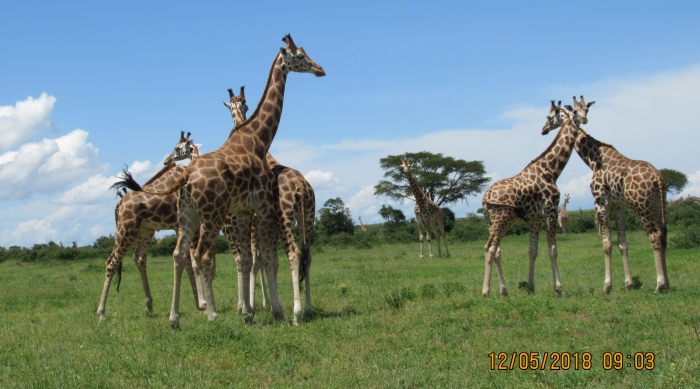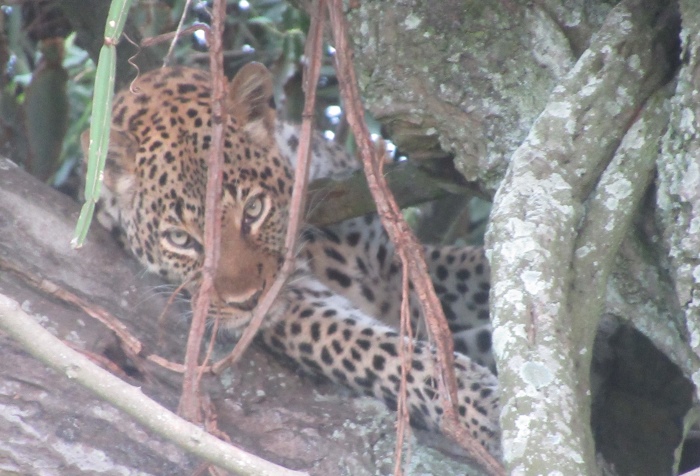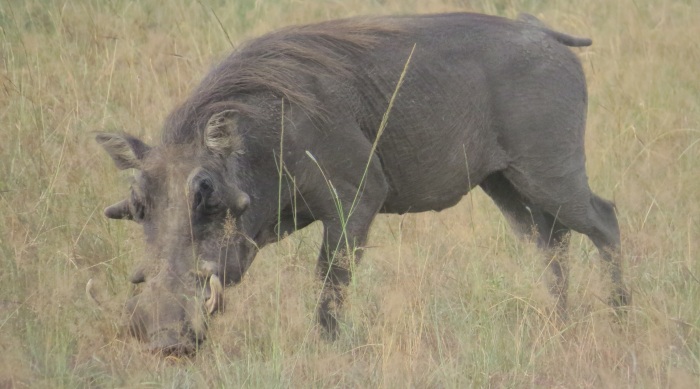Mburo Subheading

Lake Mburo National Park
Kidepo Valley National Park is a 1,442 square kilometres (557 sq mi) national park in the Karamoja region in northeast Uganda. Kidepo is rugged savannah, dominated by the 2,750 metres (9,020 ft) Mount Morungole and transected by the Kidepo and Narus rivers. .
The park consists of the two major valley systems of the Kidepo and Narus Rivers. The valley floors lie between 3,000 feet (910 m) and 4,000 feet (1,200 m) AMSL.[7] Kanangarok (also spelled Kananorok or Kanatarok) is a tepid hot spring in the extreme north of the park, beside the South Sudanese boundary. This spring is the most permanent source of water in the park. .
.
Features of Lake Mburo National Park

Exploring
From 30 min to 8 hours
Most of the park is open tree savannah. Because of differences in rainfall — with annual averages of 89 centimetres (35 in) in Narus and 64 centimetres (25 in) in the Kidepo basin — vegetation and animal populations vary between the two valleys.
Kidepo is Uganda’s most isolated national park, but the few who make the long journey north through the wild frontier region of Karamoja would agree that it is also the most magnificent, for Kidepo ranks among Africa’s finest wildernesses. .

Savannah landscapes
Up to 10 hours
Nestled in the wild frontier region of Uganda, Kidepo Valley National Park is apparently the most isolated national park in Uganda but still stands out to be one of the best virgin places every wildlife viewer can ever visit in Uganda. This virgin national park is undoubtedly among the best wilderness areas in Africa, harboring a couple of extinct species of wildlife that can't be found in any other Ugandan national park. Kidepo is right at the core of a Savannah landscape right next to a few mountainous bodies. .
Kidepo Valley National Park was gazetted into a national park in the year 1962 and currently hosts over 75 species of mammals and 470 species of birds. All these fall in a prime game viewing location.

Culture & Birds
30 min to all day
Some of the other exciting tourism activities in the wilderness of this area include nature walks, birding and hiking.
This national park is another great spot for a cultural trail, especially to those who would like to see the Karamojongs, Acholis plus other great tribes.
Dodoth pastoralists and Ik farmers lived in the area before it was gazetted as a game reserve by the British colonial government in 1958. The purpose was both to protect the animals from hunting and to prevent further clearing of bush for tsetse fly-control..